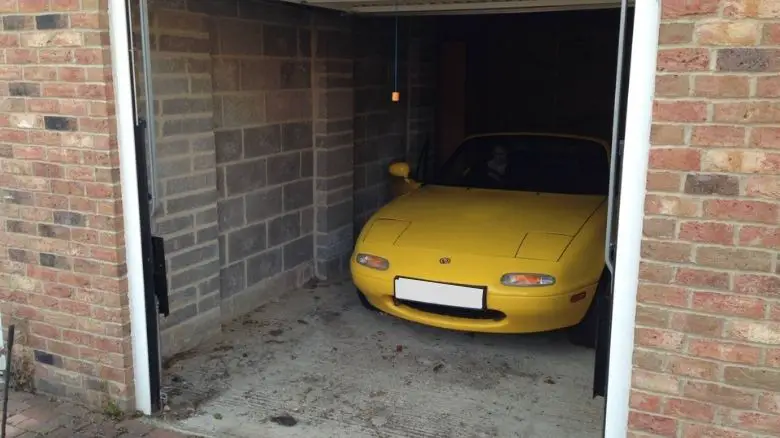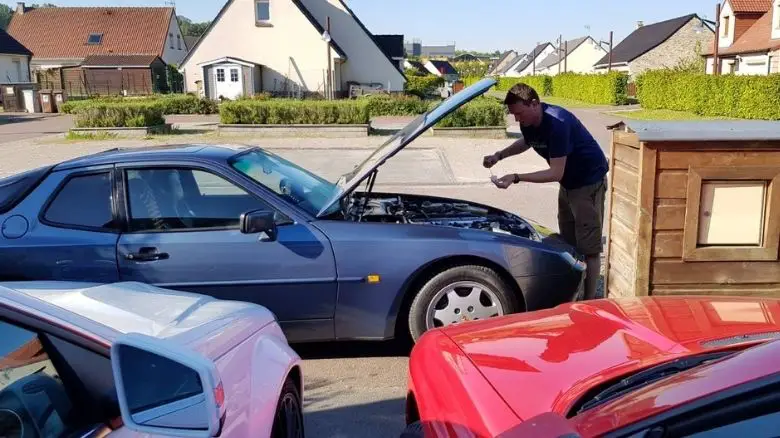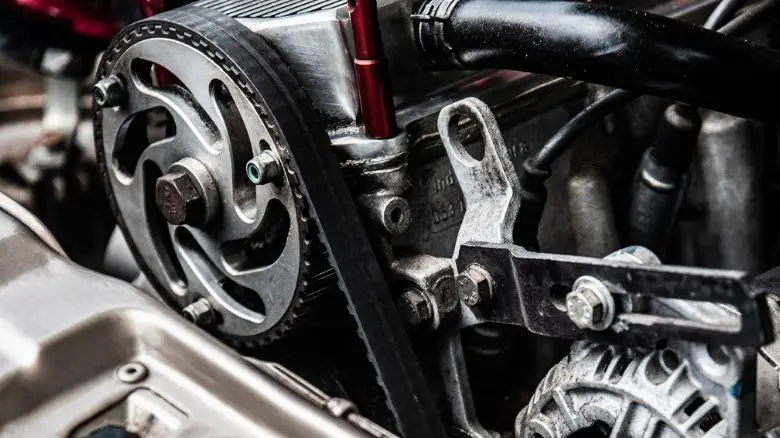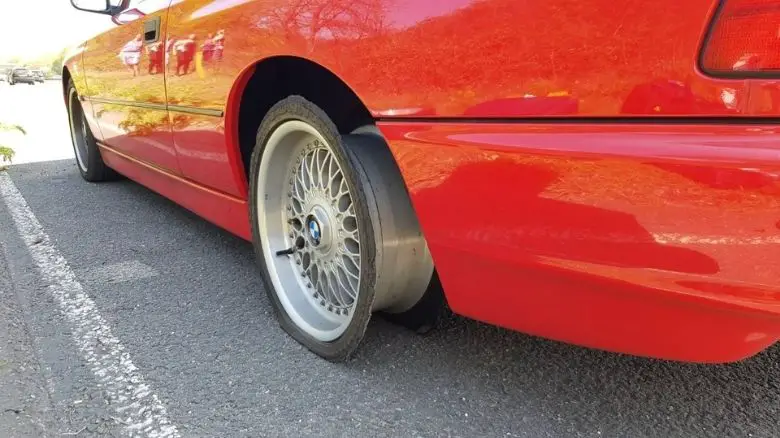How Long Can a Car Sit Without Being Driven?
Table of Contents
With regular servicing and maintenance, cars can keep going for many years when driven frequently, but it’s a different story altogether when the car isn’t being used.
Cars are designed to be used regularly and fluids are designed to operate at a high temperature when the car is in use, but this doesn’t happen when a car is left sitting. So how long can a car sit without being driven?
One month is the maximum time a car should sit without being driven. If you leave it any longer, vital components within the engine will start deteriorating and you may not be able to start the car. The battery will go flat, the tires will flat-spot, and rubber parts will start degrading.
So we know that you should drive your car at least once a month, but is it OK if you only drive your car once a week, and does oil go bad if it’s left sitting in an engine?
Is it Bad to Not Drive a Car For a Long Time?
It is bad to not drive a car for a long time. The longer a car sits without being driven, the more the battery and other components will start to weaken.
When you return to your car after not driving it, you could be faced with a number of mechanical issues to deal with before being able to safely drive it again.
What Happens if I Don’t Start My Car For a Long Time?
If you don’t start your car for a long time the car’s electrical systems will eventually drain the battery, and it will go completely flat within three months. Take it out for a drive as often as you can to protect the battery and prevent the tires from deflating, and reduce the risk of the fuel going off.

How Long Before a Car Battery Dies?
A car battery will die within three months if the car is not driven, and it will be even less time if the battery is old. Once this happens you will need to jump-start the car, or replace the battery.
As well as the natural discharge of the battery over time, the car’s electrical systems (such as the alarm) put strain on the it even when the car isn’t being used.
Read more: Will your car battery die if you don’t drive it?
Is it OK to Only Drive a Car Once a Week?
It’s perfectly fine to only drive your car once a week. Driving it for at least 30 minutes once a week will keep the battery charged, get the fluids up to temperature, and keep all the moving parts in good condition.
The key to keeping your car in good working order is the amount of time you drive it at any given time, rather than how many times you drive it in a week.
Is it OK to Not Drive Your Car For a Month?
It’s fine to not drive your car for a month if you have a healthy battery and it’s not left for that period of time regularly, but you shouldn’t leave it any longer. Any longer than a month and issues may start to arise.
Here at The Car Investor we try to take each of our cars out at least once every two weeks, but sometimes that’s not practical.
As our cars are older and more susceptible to the elements, it’s particularly difficult over the colder winter months.
We’ve found taking them out once a month over the winter and leaving them on battery trickle chargers in the garage for the rest of the time to be OK.
We clean them thoroughly before putting them back in the garage to reduce the risk of rust forming.

Is it OK to Not Drive Your Car For Three Months?
You should not leave your car without driving it for three months. The battery will be dead, the tires will be flat-spotted, and the fuel will have started going off. It may require a jump-start to get going, and corrosion could have started taking hold.
You should do everything you can to avoid leaving your car parked for three months unless preparing it for storage correctly beforehand.
Preparing for storage includes raising the car off the ground and disconnecting the battery, amongst other things.
If you have left your car for three months and it doesn’t start, you will either need to use jumper cables to get it going or replace the battery.
If it does start, take it out for a long drive to recharge the battery.
How Long Can a Car Sit Before the Engine Goes Bad?
If a car is left to sit, the engine can start going bad within six months. Rubber parts such as belts and seals are the biggest concern as they can dry out and crack when not used, causing oil leaks and potentially catastrophic damage to the engine.
When the engine isn’t taken up to temperature for six months, moisture can also start damaging vital components. Corrosion can start taking hold within your engine, and you won’t know until it’s too late.

What Happens if a Car Sits for a Year?
When a car has been sat for a year the battery will be flat, the tires will be potentially unsafe and the rubber degraded, the fluids and fuel may have gone off, and corrosion may have taken hold. Within the engine, rubber seals and belts could have dried out and turned brittle, and if the car has been left outside the paintwork could have started deteriorating.
If the car wasn’t prepared for storage before being left to sit, there will be a lot of work to do to get it up and running again and prevent long-term damage.
The battery is likely to need replacing, and potentially the tires too. The fluids should be checked and flushed if necessary, and you’ll need to add some fuel stabilizer to your gas tank.
The Dangers of Using a Car Infrequently – Real World Example
When we first bought our BMW 840 here at The Car Investor, the previous owner had only been driving it sporadically.
Upon taking ownership we took it to a specialist to complete a service and change all the fluids and relevant parts, but the one thing we didn’t change were the tires.
Not long into our ownership we had a rear tire blow out at 70mph. Despite there being plenty of tread left on the tires, we later found out that the rubber had deteriorated through lack of use by the previous owner.

Thankfully we were able to safely pull over to the side of the road and there was no damage to the car or anyone involved, but it was a potentially dangerous situation caused by the car’s lack of use over the previous two years.
What Happens if a Car Sits for 10 Years?
If a car has been sat for 10 years it’s likely that many of the engine components will have deteriorated during that time, along with the tires, battery and bodywork. All fluids will have gone off and will need to be flushed and replaced including the fuel, and any rubber parts will be seriously degraded.
Never try to start a car that’s been sitting for 10 years without first flushing all of the fluids, changing all filters, plugs, and all rubber parts including hoses and belts. If there is any fuel in the tank it should be siphoned and replaced.
If you try to start the engine before doing this work it could permanently damage the engine.
All suspension parts and bodywork should also be inspected as it’s possible these have succumbed to corrosion.

Does Oil Go Bad Sitting in an Engine?
Oil itself does not go bad from sitting in an engine without being used, but there is the potential for moisture to build up through lack of use. This moisture remains when it’s not burnt off, which can start to cause internal corrosion within the engine.
Usually the car manufacturer will give an indication of how often the oil should be changed, either a set number of miles driven or a certain time period that has elapsed.
It’s unwise to leave oil sitting in a car that’s not driven for too long as it’s likely to cause long-term damage to the engine. Oil changes are very cheap in comparison to engine damage, so it’s more cost-effective to change it out frequently.
Seek advice from your car’s manufacturer or a specialist if you’re not sure how often your oil should be changed.
ABOUT THE AUTHOR
Adam Chinn writes about the intersecting worlds of classic cars, driving pleasure, and smart investment strategies. Starting his journey at 26, he’s proven that one doesn’t need to be wealthy to begin investing in classic cars.
Adam’s insights have been recognized on platforms such as MoneyInc, Swagger Magazine, and Top Speed.



